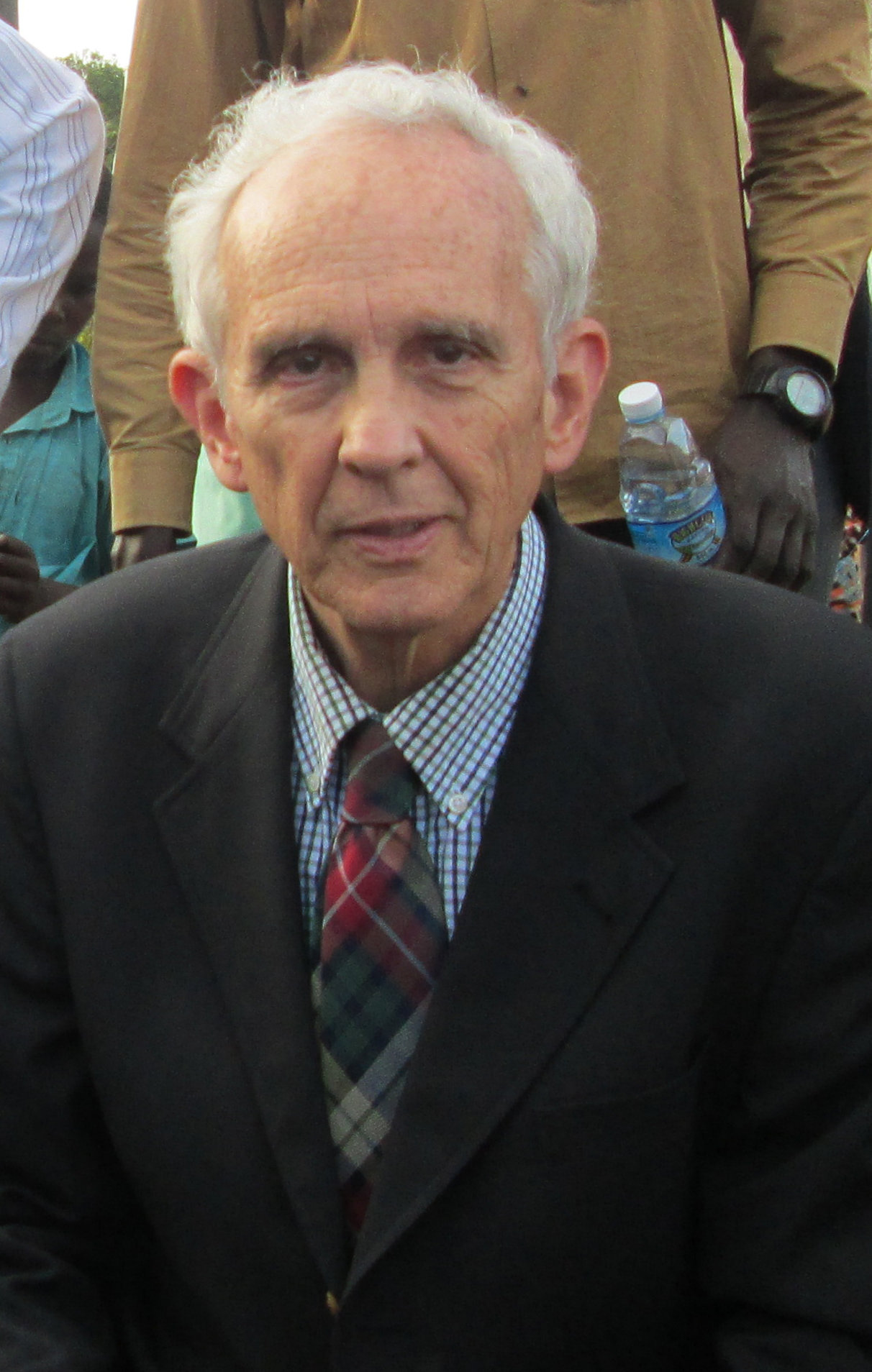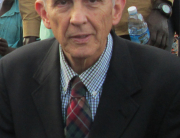by Dr. Gregory Bartha
December 1, 2021
Another great inspirational figure in African history is Dr. David Livingstone.
He was born in 1813 to a poor Scottish family. At age 10 he had to go to work in a cotton mill ten hours a day, but he attended night school and mastered Latin and Greek. At age 20 he resolved to become a missionary and devote his life to the alleviation of human misery.
He attended college classes in Glasgow frequently walking the seven miles to school and back each day. Later he was accepted by the London Missionary Society. He completed his medical education then studied theology. He wanted to be sent to Asia, but there was political strife in China at that time, and he was posted to South Africa.
He sailed from England in 1840. The journey took months. His ship was blown off course by a strong storm and for a time was in Rio de Janeiro. After finally arriving at Capetown he journeyed 700 miles north by oxcart to work with another pioneering missionary Robert Moffett. He was not very successful in gaining converts to Christianity. The principal obstacle was the requirement of only one wife. African culture strongly supports multiple wives who help the man to carry out his social and ceremonial obligations in the tribe.
He became restless and traveled northward to establish other stations. At one point he was attacked by a lion but managed to survive because he had shot the animal before it sprang on him, and it died on his chest. He gradually became more interested in exploration than missionary work and hoped to find an appropriate place for Europeans to live and work in Africa. He traveled extensively on the Zambezi River and its tributaries and was the first white to see Victoria Falls. He made extensive geographical geographical, botanical, and astronomical observations and kept a detailed diary.
After 16 years he briefly returned to England and published his book Missionary Travels and Researches in South Africa to wide acclaim. He returned to Africa as Her Majesty’s Consul for eastern and central Africa. In 1864 he returned to England for a one year stay and published his scientific and geographical observations. When he returned to Africa he had been appointed British Consul to central Africa. The rest of his life was consumed by efforts to find the source of the Nile and to document and publicize the horrors of the slave trade. He was too far west and south to find the origin of the Nile, but he did find one of the main tributaries of the great Congo River. He witnessed the massacre of hundreds of women at a busy market carried out by Arab slave traders. His account of this scene aroused indignation in Europe and resulted in some suppression of the slave trade.
In his final days he was very weakened by recurrent bouts of malaria and dysentery. He was found dead kneeling at his bed on May 1, 1873. His faithful men buried his heart beneath a great tree and proceeded to preserve his body with salt. They carried his corpse, papers, and instruments over 1000 miles to the east African coast and accompanied them to England. Their arrival in London was marked by many tributes from all segments of society. Livingstone was buried with honors in Westminster Abbey.
His treatment of the African people was always respectful and gentle. He lived in their huts, ate their food, and listened to their concerns. He was revered by the people with whom he traveled and worked. He was called the great master. Even the Arab slave traders called him the very great doctor.
His travels covered nearly one third of the African continent extending from the Cape to the Equator and from the Atlantic to the Indian Ocean. His observations documented the lakes and rivers of central and east Africa. But the main effects of his life and work were to inspire and motivate many other explorers and missionaries to come to Africa and to contribute to the efforts to end the slave trade. His life is a great example of faith and determination.






Recent Comments